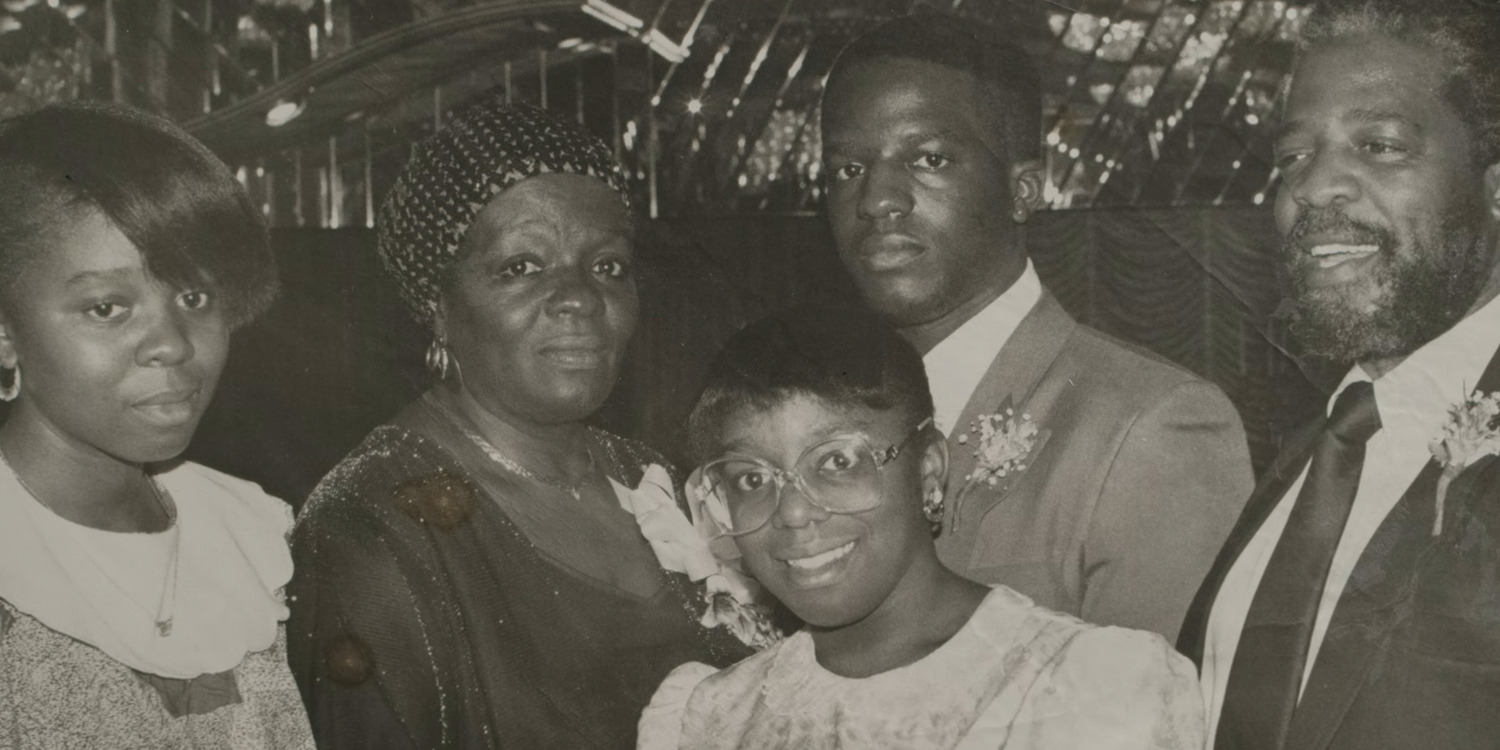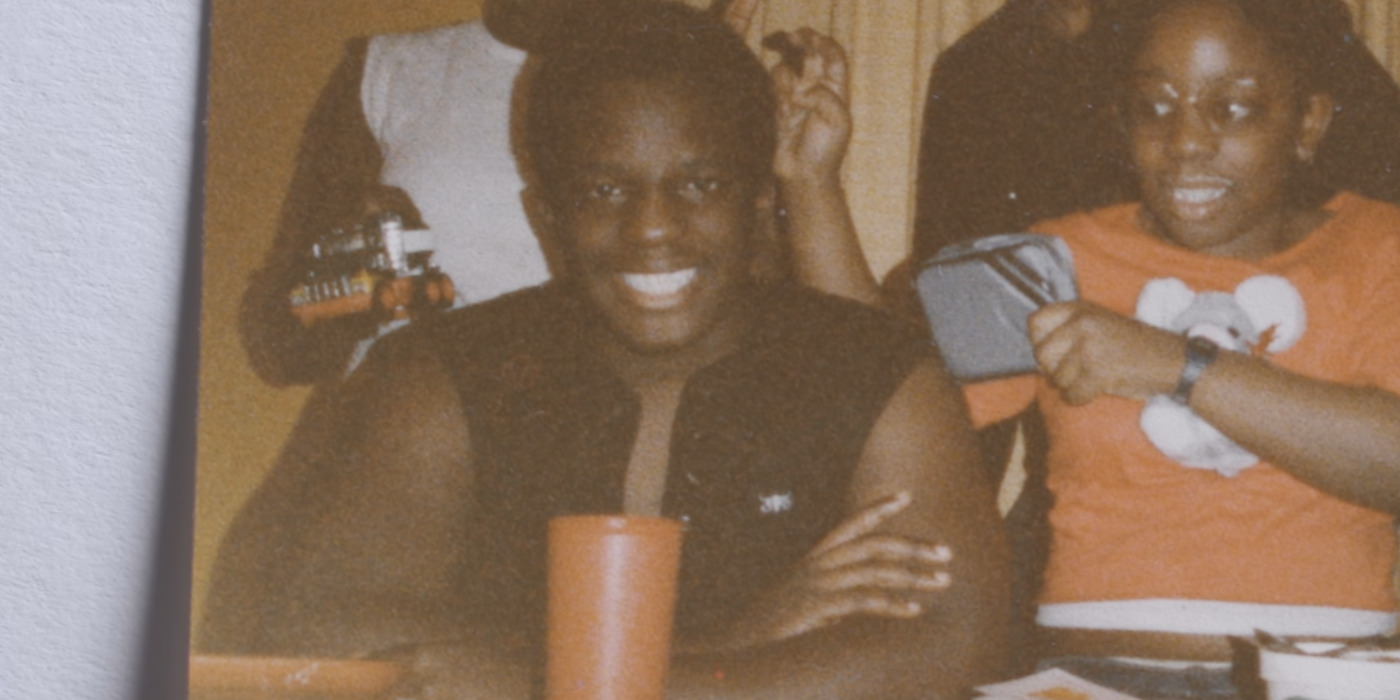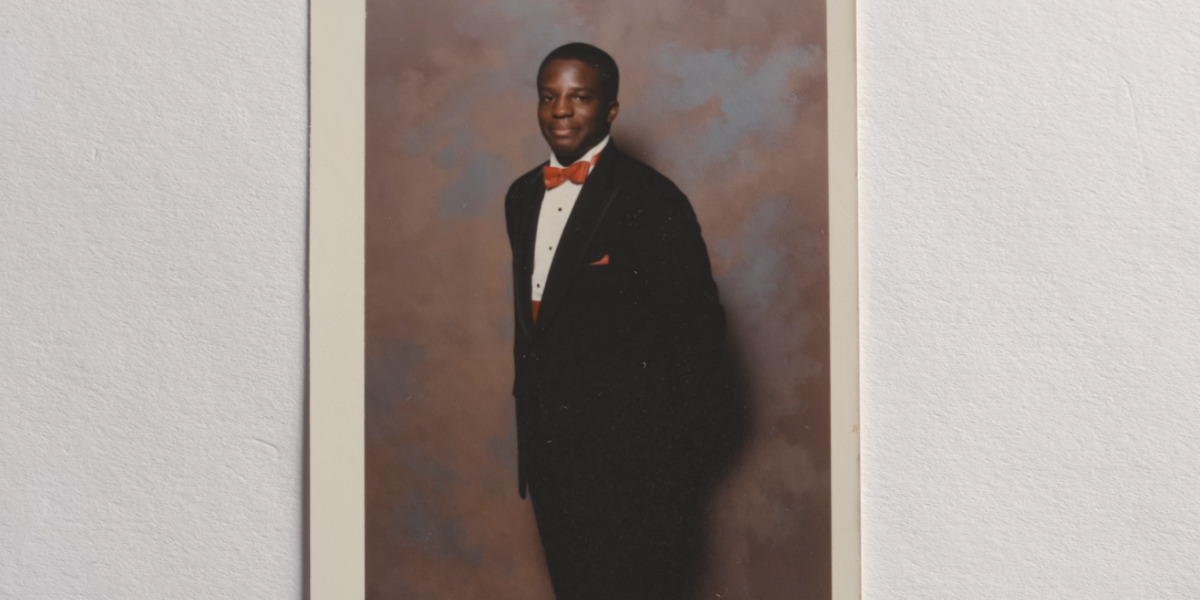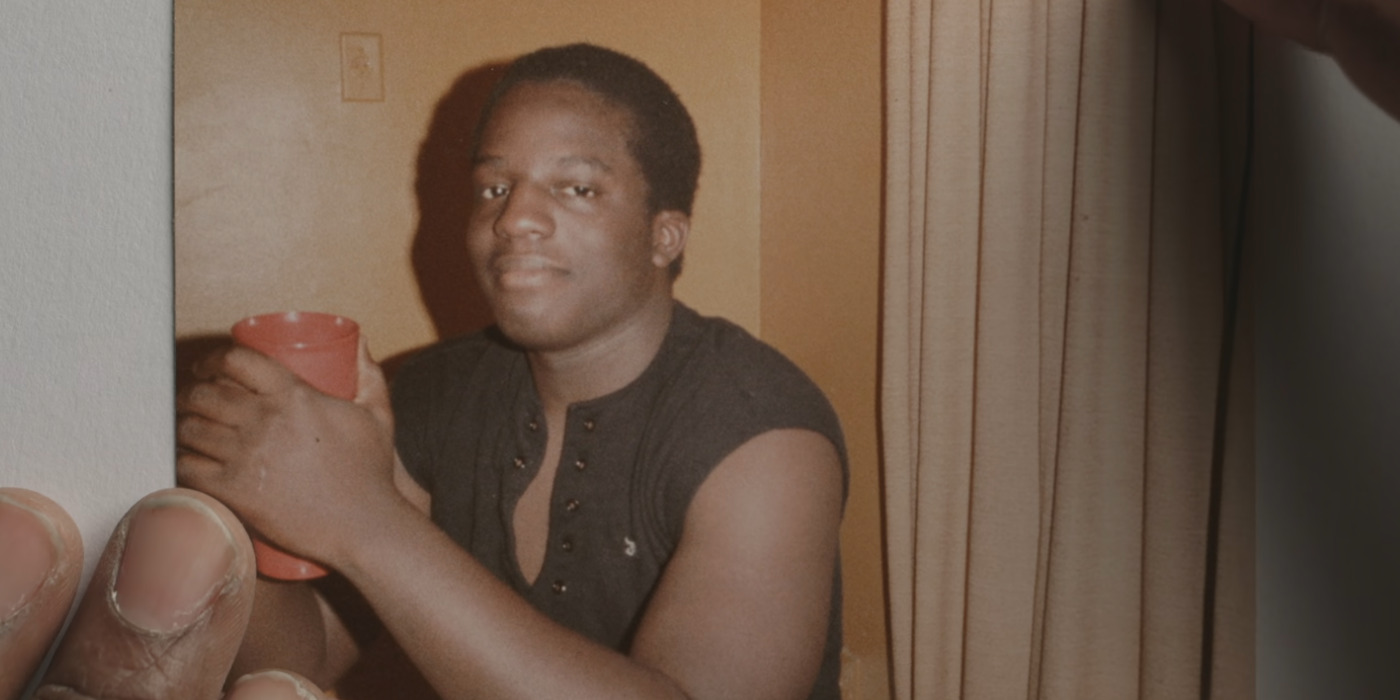On a nondescript weeknight in 1992, William Ford Jr. visited an auto shop in Long Island’s Central Islip area with a friend to pick up a car. Unpredictably, the night ended with the auto shop becoming the crime scene of William’s death. Decades later, no individual stands convicted for William’s death, leaving the Ford family without closure in their devastating grief. Yance Ford, William’s younger brother, explores the same case, its intricacies, and its lasting effect on his family through a filmmaker’s lens in his 2017 true crime documentary ‘Strong Island,’ where those closest to William share their experiences and emotions with the audience.
William Ford Jr. Was on Track to be a Corrections Officer
William Ford Jr. was born in 1967 to a young African-American couple — William Ford Sr. and Barbara Dunmore Ford — in New York’s Brooklyn neighborhood. Later, the family welcomed William’s younger sibling into the world, compelling William Sr. to insist on a move away from New York and to Long Island. Consequently, the family relocated to Central Islip, a segregated community looking to populate itself with black government employees as homeowners. Even though Central Islip was like a haven for the Black community, Long Island remained a predominantly white area, rendering several places potentially harmful for Black individuals.

For the same reason, Barbara Dunmore, was displeased by the move. Still, it ensured the Ford kids had a house of their own for decades to come. Thus, William and his two siblings grew up in an attentive home where love was the principal lesson. During his school years, he joined the football team, where he met Kevin Myers, who went on to become one of his closest friends. After graduating high school, William seemingly moved to Washington, D.C., where he attended Howard University. Yet, his early foray into a career remained uncertain.
As a result, William’s mother ended up helping him secure a position as an assistant teacher in a boys’ school on Rikers Island. Thus, he followed in his mother’s footsteps and became a math teacher. Even so, his experience as an educator at Rikers led him to find another calling. He wanted to be a corrections officer and began preparing for his application. In fact, he came up with a rigorous weeks-long game plan to meet the weight goal required for the position. Although he was disqualified from the position once, he applied for a promising appeal to the City Civil Service Commission. However, more than William’s aspirational career, one fateful day in 1992 ended up influencing his life and legacy.
William Ford Jr. Emerged as a Hero in an Armed Robbery Case Before His Death
In early 1991, William Ford Jr. found himself witnessing a holdup at an ATM where a stranger held Manhattan’s then-assistant district attorney, David Breen, at gunpoint for a robbery. The altercation ended with Breen getting shot in his back, requiring medical attention. However, William and his friends ensured Breen’s shooter didn’t escape the premises. The oldest Ford son, in particular, chased the perpetrator down and tackled him. On April 7, 1992, he stood as a witness in Breen’s high-profile trial.

The following night, William drove to an auto shop, Super Stang, which was meant to repair his girlfriend Leslie’s car. The repairs had been notably delayed and led to a few unpleasant instances in the past. According to Barbara Dunmore, one instance in particular had a Super Stang employee, Thomas Datre, disrespecting and following Barbara and Leslie to their home. As such, upon arriving at the auto shop with Kevin — and spotting Datre — William decided to follow Datre into the garage for a confrontation.
Shortly afterward, Kevin — who stayed outside — heard a gunshot from inside the shop and witnessed an injured William stumbling out with a bullet wound on his chest. Eventually, the police arrived on the scene, dragging Kevin away from William. The latter was taken to LIPA to be airlifted. The authorities flew the 24-year-old man to Stony Brook University Hospital, where he passed away from the gunshot wound. Weeks later, the Ford family received a letter announcing the bittersweet fruit of William’s past labor, granting his appeal, qualifying him to become a corrections officer.
The Man Who Shot William Ford Jr Claimed Self-Defense
A few details prior to the night of William Ford Jr.’s death surrounded his altercation at Super Stang, which ended up determining the course of his case. Initially, his girlfriend’s car underwent damage after the auto shop’s tow truck hit it in an accident. The shop offered to repair the damages to the car free of charge if Leslie held off on involving the authorities in the incident. For the same reason, Super Stang was in possession of Leslie’s car. However, the shop ended up delaying the repairs for longer than expected.

Consequently, Leslie and the Ford family had to pay Super Stang a few visits to ensure the repairs came through. One such instance led to Datre’s alleged disrespect against William’s mother and girlfriend. Following the same, an interaction occurred between William and the Super Stang employees that defined the cop’s investigation over his death. In an earlier visit to the shop, over a month before his death, William got into an argument with the employees in which he threw a vacuum cleaner and picked up a car door in a threat to slam it down.
No one was hurt in the altercation — and Kevin maintains that the situation was received as humorous by some since there were 10-15 individuals at the shop during the argument. One of these individuals included a 19-year-old man, Mark Reilly, who shot William Ford on the night of his death. Ultimately, although Reilly was arrested at the crime scene, he claimed self-defense.
As per James Hugh, the detective on William’s case, Reilly was able to make a case for himself in front of the Grand Jury, referencing past interactions with William to establish the necessity for self-defense. It is likely that he referenced the car door instance in his defense. In the end, the Grand Jury declined to indict Reilly of manslaughter. As such, the justice system found him to be not guilty of William’s death, deeming his actions an instance of justifiable self-defense.
Read More: Nancy Wyckoff Murder: How Did She Die? Who Killed Her?


You must be logged in to post a comment.